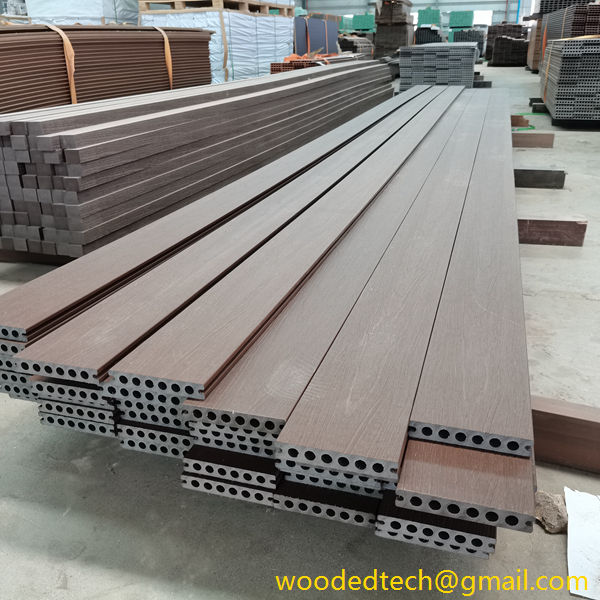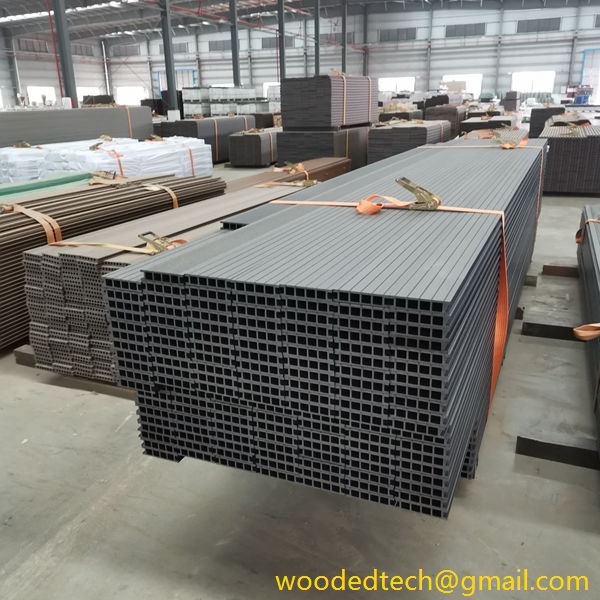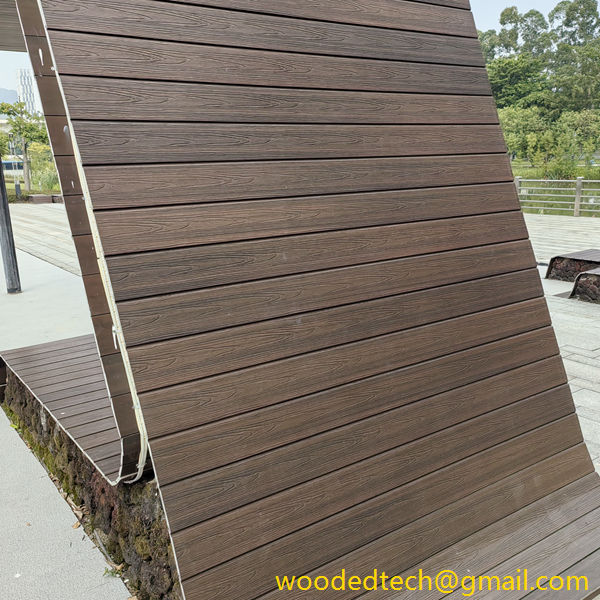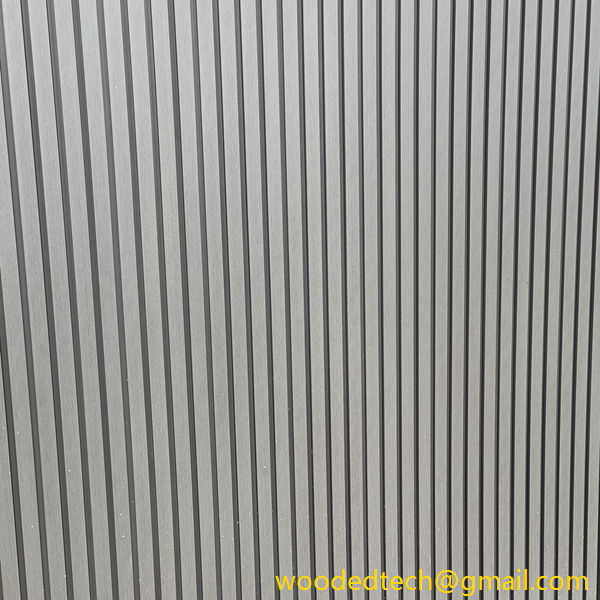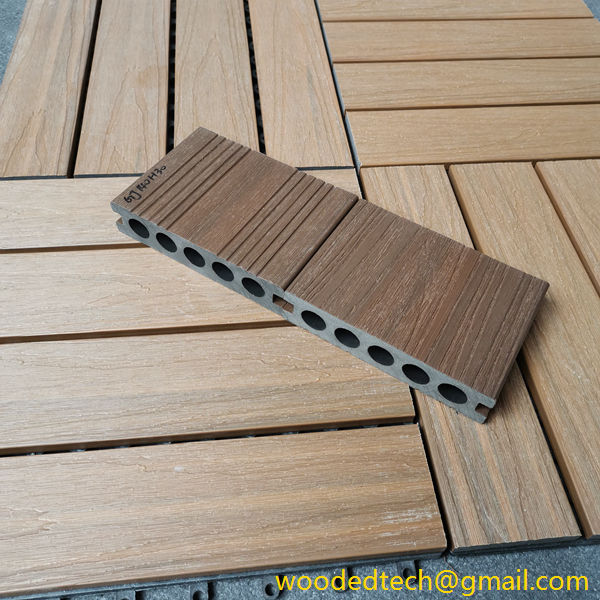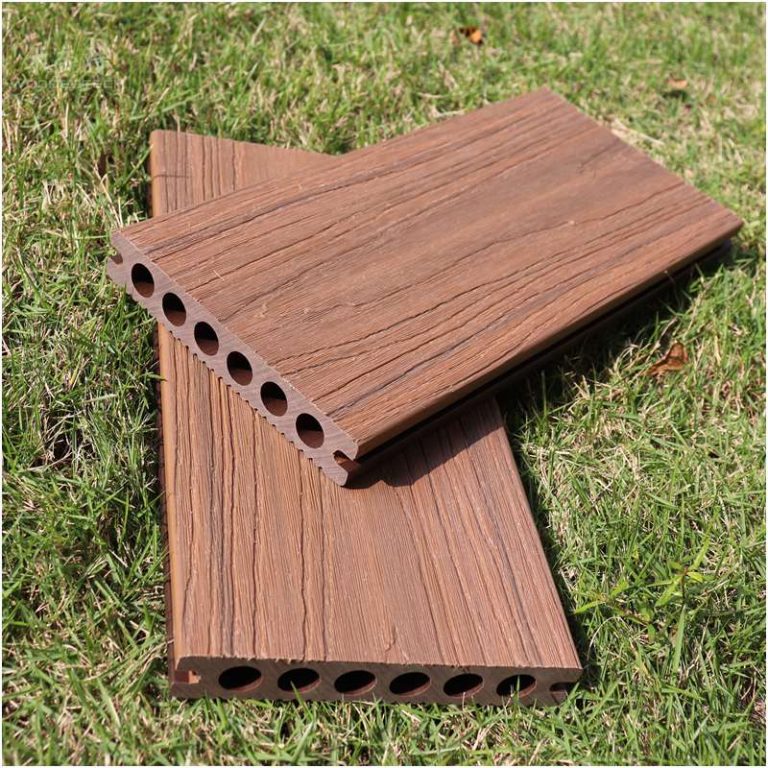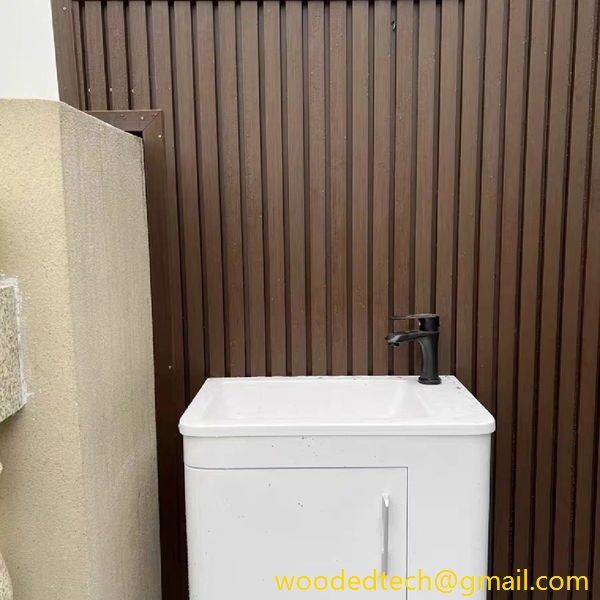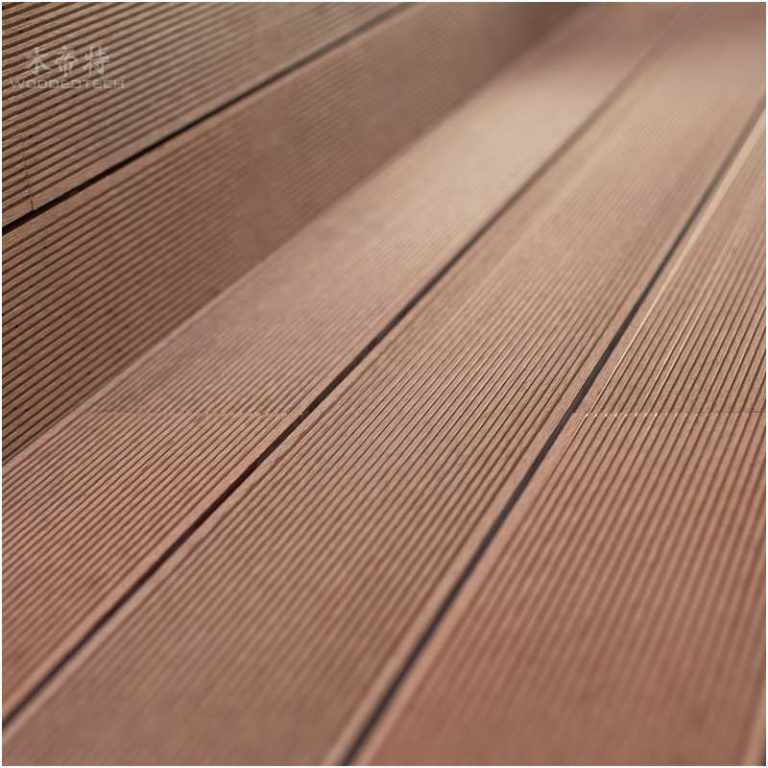Is Plastic Wood Good? Understanding Its Benefits
Is Plastic Wood Good? Understanding Its Benefits Plastic wood, also known as composite lumber or plastic lumber, has emerged as an innovative alternative to traditional wood products in various applications. This material blends recycled plastics with wood fiber, providing an eco-friendly solution that addresses some of the most pressing environmental concerns associated with deforestation and…
Is Plastic Wood Good? Understanding Its Benefits
Plastic wood, also known as composite lumber or plastic lumber, has emerged as an innovative alternative to traditional wood products in various applications. This material blends recycled plastics with wood fiber, providing an eco-friendly solution that addresses some of the most pressing environmental concerns associated with deforestation and plastic waste. To understand whether plastic wood is a good choice, it is essential to explore its benefits, applications, and the factors that contribute to its growing popularity.
One of the most compelling advantages of plastic wood is its durability. Unlike traditional wood, which is susceptible to rot, warping, and insect infestations, plastic wood is resistant to these issues. This durability means that plastic wood products can maintain their structural integrity and aesthetic appeal for years without the need for frequent repairs or replacements. Consequently, this reduced maintenance requirement translates to long-term cost savings for homeowners and businesses alike.
Additionally, plastic wood is highly resistant to moisture. This characteristic makes it an ideal choice for outdoor applications, such as decking, fencing, and garden furniture. In environments where wood is prone to decay due to exposure to rain, humidity, or other harsh weather conditions, plastic wood retains its form and function. As a result, it provides a reliable solution for outdoor construction projects that require materials capable of withstanding the elements.
Another significant benefit of plastic wood is its eco-friendliness. The production of plastic wood typically involves the use of recycled materials, reducing the demand for virgin resources and minimizing waste. By utilizing post-consumer plastics and wood fibers that would otherwise contribute to landfills, plastic wood helps to mitigate the environmental impact associated with traditional lumber production. This sustainable approach aligns with the growing emphasis on environmentally responsible practices in construction and landscaping.
Moreover, plastic wood is available in various colors and finishes, allowing for greater design flexibility. Homeowners and designers can choose from a wide range of styles to complement their aesthetic preferences. Unlike natural wood, which requires staining or painting to achieve a desired look, plastic wood maintains its color over time without fading or chipping. This feature not only enhances the visual appeal of outdoor spaces but also reduces the need for ongoing upkeep.
In terms of safety, plastic wood is an excellent choice for various applications. It is splinter-free, making it safer for children and pets who may come into contact with outdoor furniture or playground equipment made from this material. Additionally, plastic wood is slip-resistant, which is particularly important for decking and walkways, where wet conditions could lead to accidents. The inherent safety features of plastic wood make it a preferred material for residential and commercial projects alike.
Another notable aspect of plastic wood is its versatility. This material can be used in a wide range of applications, from garden furniture and decking to fencing and retaining walls. Its adaptability allows it to be utilized in both residential and commercial settings, making it a popular choice for landscape architects, contractors, and DIY enthusiasts. Whether creating a cozy outdoor space for relaxation or constructing functional structures, plastic wood offers a durable and aesthetically pleasing solution.
While the benefits of plastic wood are substantial, it is essential to consider some potential drawbacks as well. One common concern is the initial cost of plastic wood products, which can be higher than that of traditional wood. However, when factoring in the long-term savings associated with reduced maintenance and replacement costs, many find that plastic wood is a more economical choice over time. Additionally, as technology and production methods continue to advance, the price of plastic wood is expected to decrease, making it more accessible to a broader audience.
Another consideration is the perception of plastic wood as a less authentic material compared to natural wood. While some may prefer the look and feel of traditional lumber, advancements in manufacturing have enabled plastic wood to closely mimic the appearance of real wood. The aesthetic quality of plastic wood has improved significantly, and many products now feature realistic textures and finishes that enhance their visual appeal.
In conclusion, plastic wood presents a multitude of benefits that make it an attractive option for various applications. Its durability, resistance to moisture, eco-friendliness, safety features, and design versatility position it as a viable alternative to traditional wood products. While initial costs may be higher, the long-term savings and reduced environmental impact often outweigh these concerns. As consumers continue to prioritize sustainability and durability in their purchasing decisions, plastic wood is likely to gain further traction in the market. Whether for residential landscaping or commercial construction, plastic wood stands out as a material that not only meets practical needs but also aligns with a more sustainable future. As awareness of its many advantages grows, it is clear that plastic wood is not only good but also a smart choice for modern building and design.

